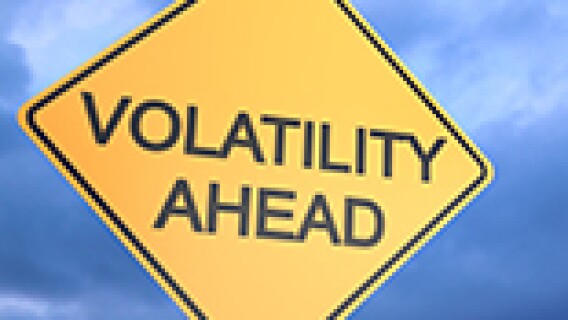All About High Volatility Stocks and How This Volatility Impacts Traders
Volatile stocks are characterized by the change in price they experience over a certain period of time. High volatility stocks experience bigger and more rapid gains than stocks with low volatility.
On the other hand, low volatility stocks are relatively more stable, although they still do possess risk. A volatile market can be beneficial to traders, but traders should be aware of the risks volatile stocks carry before deciding to invest.
The most volatile stocks are more appropriate for short-term traders who closely follow the market. This allows them to benefit from rapid uptrends, which can bring quick individual gains.
However, conservative traders who may implement buy-and-hold strategies should be more cautious. Instead of pursuing highly volatile stocks, conservative traders should opt for stocks with lower volatility, reducing their risk of loss.
[text_ad]
High Volatility Stocks Tip #1: Using Standard Deviation to Predict Volatility
Despite the risks that accompany volatile stocks, there are methods of predicting future volatility in stocks.
One of the most accurate indexes for predicting market volatility, the CBOE Volatility Index (VIX), helps traders identify what stocks to avoid and what stocks to pursue.
Indices such as the VIX help to identify specific factors in stocks’ movements that can foreshadow sudden downtrends.
One of the most commonly used methods of calculating a stock’s historical volatility (past performance of a specific stock) is known as standard deviation. Standard deviation calculates the range of a stock’s prices relating to that stock’s average price and determines the deviation rate of that stock.
If the range of the stock’s past prices is further from the mean price, this shows that the stock has a higher standard deviation, and therefore the stock has a higher volatility. If the range of the stock’s past prices are closer to the mean price, this shows that the stock has a lower standard deviation, meaning the stock has a lower volatility.
This method is one of the most important steps traders follow when deciding whether or not to invest in a specific stock.
High Volatility Stocks Tip #2: Using Beta to Predict Volatility
Another important measure of volatility is beta, which compares the individual risk of a certain stock to the risk of the overall market.
The market is assigned a beta of 1.0 and individual stocks are ranked on their performance relative to the market. Stocks that perform better than the market are assigned a rank greater than 1.0 and stocks that perform worse than the market are given a rank of less than 1.0.
Similar to standard deviation, beta helps traders identify the volatility of specific stocks and determine if they would perform appropriately in their portfolios.
Final Thoughts on High Volatility Stocks
Ultimately, volatile stocks are more likely to experience more severe downtrends.
However, that does not mean they are not worth investing in. If invested in properly and well managed, volatile stocks have the opportunity to produce incredible returns.
The trick is to continuously follow market volatility and use tools to predict whether specific volatile stocks will produce positive or negative returns.
While you should be leery of sharp declines, you should try to avoid stressing over minor dips. Remember, volatile stocks have the potential to bring you impressive profits.
What else would you like to know about volatile stocks?
[text_ad]
